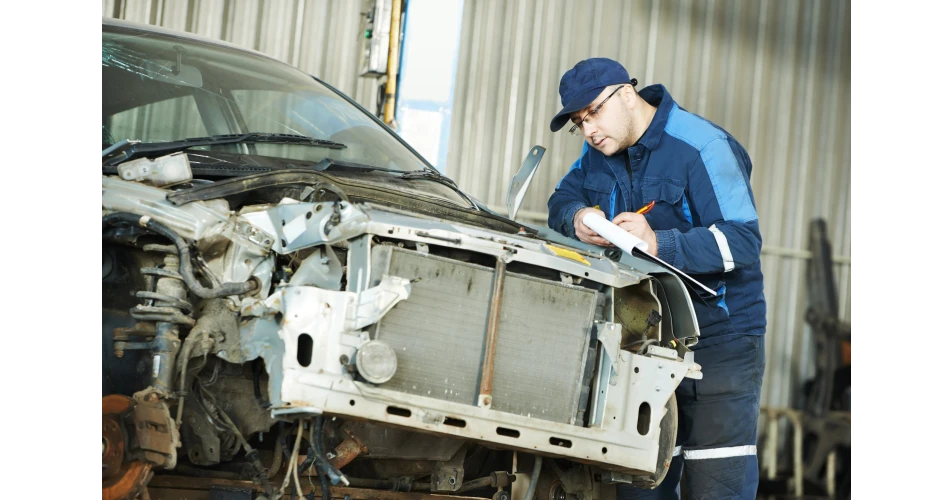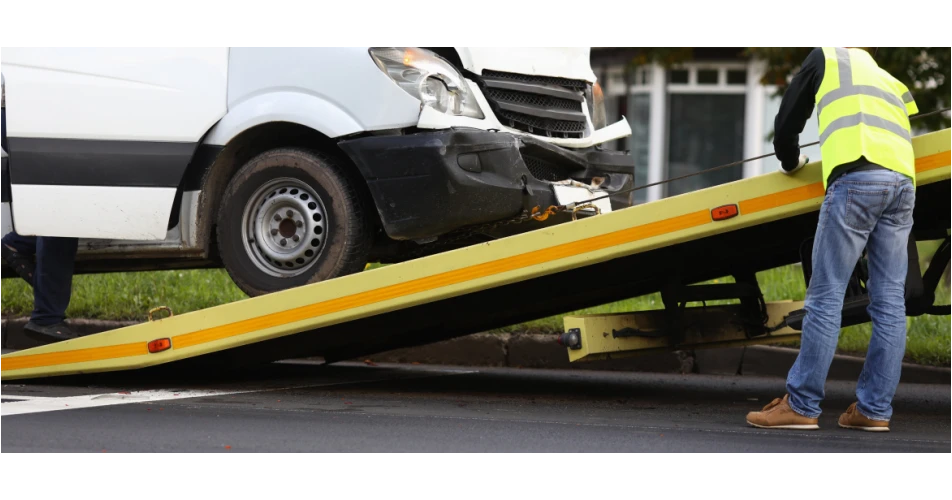From the price of petrol on the forecourt, to the cost of the weekly shopping, you do not have to be an economics professor to realise that prices are on the rise at present. The effects of the global pandemic, raw materials shortages, logistical problems, the ongoing impact of Brexit and labour shortages have all come together to create inflationary pressure across the board not seen for decades.
When this happens in most industries the solution is simple, costs go up, so selling prices have to rise to compensate. But in some industries this does not happen because the buyers have an unhealthy advantage when it comes to the balance of power.
The accident repair sector is a classic example of this. Ever since the insurance companies first introduced the concept of the approved repairer, they have been able to dictate to a bodyshop what labour rate they will pay, not to mention demand their slice of the cake when it comes to parts and paint and materials.
A bodyshop operator recently told me of a situation where he had to do a historical check on a vehicle repair. There was a stream of correspondence about the labour rate which was agreed at around €55 per hour. The frightening fact is this correspondence was dated 2006 and fifteen years on the bodyshop is actually receiving an even lower hourly rate from the same insurer.
Bodyshops have got all too used to being squeezed in financial terms when it comes to insurance jobs. Margins have become wafer thin or non-existent and repairs have only been able to compensate through third party and retail work, by being ultra efficient, or through a tortuous process of having to justify line by line costs on an estimate.
Everyone in the industry knows the situation has been unsatisfactory for many years. Most bodyshop businesses know they operate at an unacceptably low profit margin on insurance jobs, while many are too scared to look at their real financial picture.
For the last few years with largely stable costs, the industry may have been able to paper over the cracks, but now with operating cost rising rapidly, surely things need to change.
Several factors are at play, with labour costs being top of the list. There is now a genuine shortage of skilled technicians, with less new blood entering the industry and the masking effect of an influx of Eastern European workers now diminishing. Bodyshops now have to perhaps pay 20% more than last year to attract new staff and are also struggling to satisfy their existing teams.
Other rising costs are also not far behind. Energy costs have risen dramatically, rents, and other overheads are also on the rise. Parts and paint costs have also increased and while in theory these are passed on, there are many scenarios where the bodyshop can lose out.
Another major factor at work is the increasing complexity of job undertaken. Repairing a car now can be very different to the average repair in 2006. Bodyshops have had to invest substantially in training, certification, and equipment to carry out repairs and will be required to make further investments in training, electrification infrastructure and ADAS equipment to stay up to date. No allowance for this investment is ever reflected in insurance company pricing, with bodyshop expected to keep providing more and more service and expertise for the same money.
What is clear is that right now bodyshops really need to get to grips with the true costs of repairing a car. They need to take all cost into account and get an accurate and up to the minute picture of what they are paying. The results are likely to come as a shock to many.
With cost rising so steeply, rates accident repair centres are able to charge insurers are too low and will not be sustainable in the long term. There needs to something of an open and honest debate about the subject and bodyshop need to take a firmer stance.
What has changed dramatically in recent years is that there is no longer the excess repair capacity in the industry which allows insurers to just switch repairers for a better rate. This means it is time for a fundamental rethink on rates, with not just a minor inflationary rise, but something that reflects the true cost of a repair in today’s market with spiralling labour costs, the increase in skills and expertise required to repair a modern vehicles and the need to invest in new equipment technology and training accounted for.
 With cost rising so steeply, rates accident repair centres are able to charge insurers are too low and will not be sustainable in the long term
With cost rising so steeply, rates accident repair centres are able to charge insurers are too low and will not be sustainable in the long term
